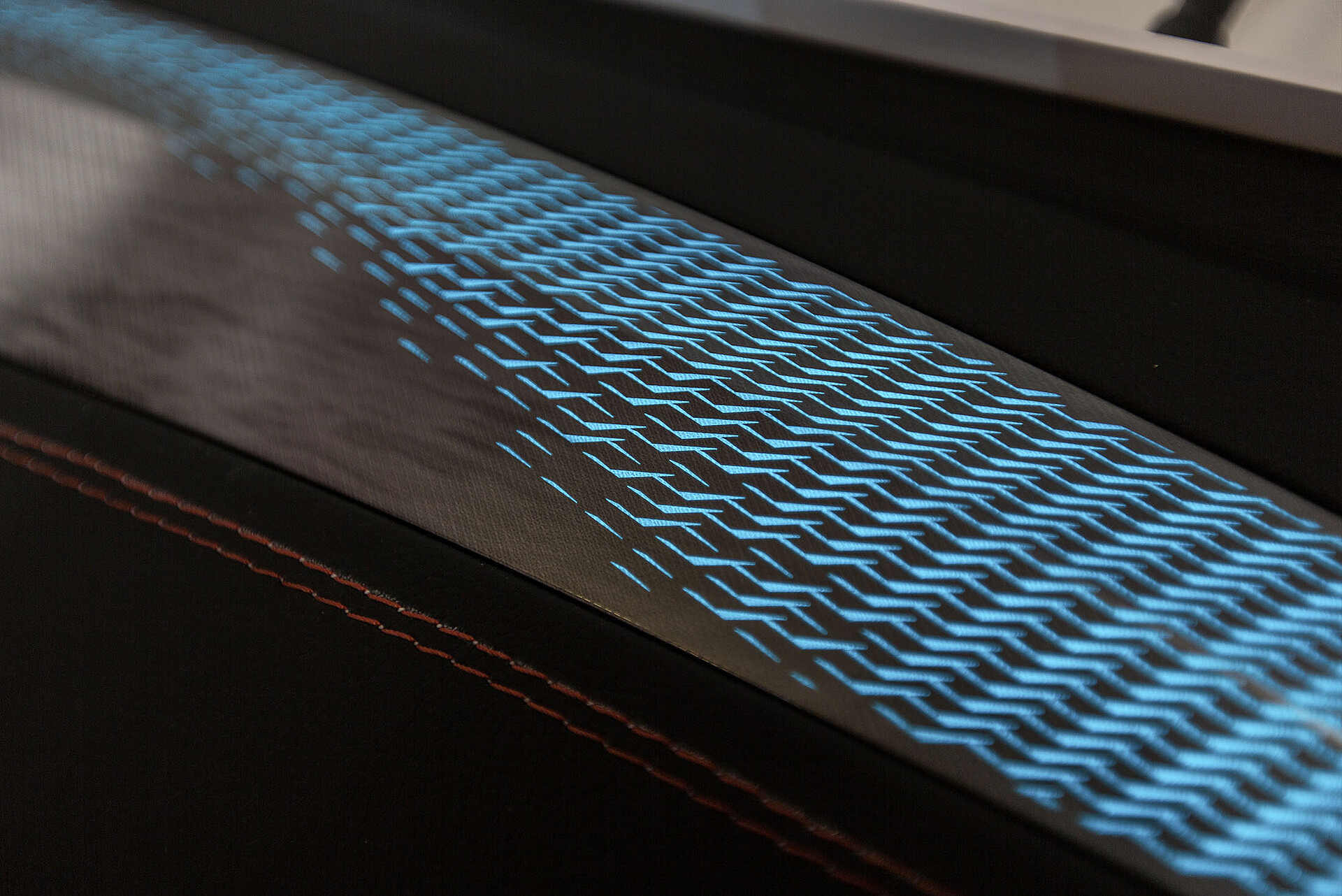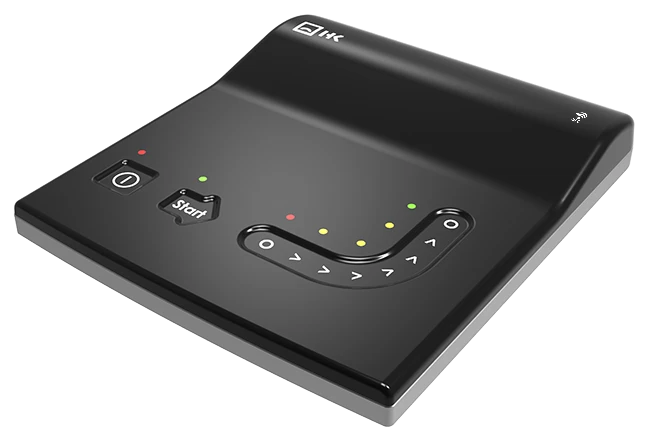Mastering In-Mold Decorations: Methods, Trends, and Best Practices for Optimal Results
In the realm of production, the art of in-mold decors stands as a critical facet of item style and manufacturing. In-Mold Decorations. By delving into the strategies, patterns, and finest practices that underpin effective in-mold decor processes, businesses can unlock a world of opportunities that not just boost the aesthetic appeal of their products yet additionally enhance production efficiency and bolster customer interaction.
Product Choice
Material selection is an important element of mastering in-mold decors, as it straight influences the top quality and sturdiness of the final product. When picking products for in-mold designs, it is essential to think about elements such as compatibility with the molding procedure, the desired visual result, and the ecological problems the product will deal with.
In addition, materials with high warm resistance are chosen for in-mold decorations, especially for products that will certainly be revealed to raised temperatures throughout their lifecycle. By very carefully picking the ideal product for in-mold decorations, manufacturers can improve the general high quality and resilience of their products, satisfying the assumptions of both customers and end-users - In-Mold Decorations.
Design Technology
An essential element in advancing the area of in-mold designs is the continuous exploration and implementation of style technology strategies. Layout technology plays an important role in improving the visual allure, capability, and overall high quality of products manufactured utilizing in-mold decoration processes. By including cutting-edge style aspects, makers can differentiate their items out there, draw in customers, and stay in advance of rivals.
One of the crucial facets of layout innovation in in-mold decors is the combination of elaborate patterns, structures, and graphics that were previously testing to achieve with conventional decor approaches. Advanced technologies such as 3D printing and digital design tools allow designers to produce facility and comprehensive layouts that can be perfectly transferred onto shaped components. Furthermore, using vivid colors, metallic surfaces, and special impacts like gloss or matte textures can further raise the visual appeal of in-mold enhanced products.
Additionally, style technology expands beyond appearances to incorporate useful improvements such as ergonomic forms, integrated functions, and personalized components that cater to certain user needs. By accepting style technology, producers can unlock new opportunities for product, creativity, and personalization differentiation in the affordable landscape of in-mold designs.
Production Performance
Efficient production procedures are vital for equating the innovative designs developed in the field of in-mold designs right into top notch finished items that meet market needs and consumer assumptions. In the realm of in-mold decorations, production performance incorporates various vital aspects that contribute to the general success of the manufacturing process. One vital component is the optimization of mold and mildew layout and tooling to guarantee smooth and specific decoration transfer onto the end product. By fine-tuning mold and mildew arrangements and buying high-quality tooling products, producers can improve performance and uniformity in manufacturing.
In addition, applying automation and robotics in the manufacturing line can significantly boost performance by streamlining repeated tasks and lowering the margin of error. Automation not just speeds up the production procedure however likewise improves accuracy and repeatability, leading to a much more premium and uniform final product. Furthermore, taking on lean manufacturing principles, such as just-in-time stock management and waste reduction strategies, can better improve production performance by minimizing downtime and enhancing source utilization. Generally, an alternative strategy to production effectiveness is paramount in making the most of the capacity of in-mold decor strategies and attaining optimum cause the open market landscape.
Top Quality Control Steps
What are the key strategies for guaranteeing rigid top quality control measures in the realm of in-mold decorations? Quality assurance actions are paramount Related Site in in-mold decor processes to ensure the manufacturing of top quality and flawless completed products. One important method is the implementation of rigorous evaluation methods at every phase of the production procedure. This entails carrying out thorough visual evaluations, dimensional checks, and color uniformity assessments to identify any inconsistencies or problems early.
Making use of sophisticated innovations such as automatic evaluation systems can additionally improve the quality control process by providing accurate and trusted data for evaluation. These systems can identify blemishes that might be missed by hand-operated examinations, thereby boosting total item quality and consistency.

Routine training and advancement programs for employees included in the in-mold decoration procedure can likewise add to preserving high-quality standards. By educating personnel on ideal practices, high quality assumptions, and the importance of attention to detail, companies can promote a culture of quality awareness throughout the company.
Customer Allure
To improve the bankability of in-mold decor products, catering go to my site and recognizing to consumer preferences play a vital function in identifying their allure and success. Supplying modification choices such as personalized layouts, shade variations, and textural components can considerably improve the allure of in-mold decoration products.

Final Thought
In-mold designs offer a reliable and functional method to enhance item visual appeals. Grasping in-mold designs needs an alternative approach that thinks about all aspects of the manufacturing process to make certain success.
In the realm of production, the art of in-mold decors stands as a crucial facet of item style and manufacturing. Layout technology plays my response a vital duty in enhancing the aesthetic charm, capability, and general top quality of items made using in-mold decoration processes.One of the crucial aspects of style development in in-mold decorations is the assimilation of elaborate patterns, structures, and graphics that were formerly testing to attain with conventional decor approaches.Reliable production procedures are necessary for translating the cutting-edge designs created in the field of in-mold designs right into top quality finished items that satisfy market needs and consumer expectations. Providing customization choices such as personalized designs, color variations, and textural aspects can considerably enhance the appeal of in-mold decor products.